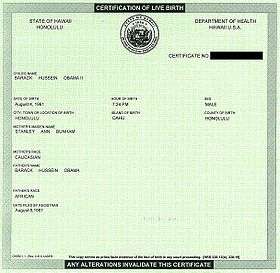Security paper

Security paper is a paper that incorporates features that can act to identify or authenticate a document as original, e.g. watermarks or invisible fibres in paper, or features that demonstrate tamper evidence when fraud is attempted, e.g., to remove or alter print such as amounts or signatures on a cheque. Examples of this kind of papers are those used for identification such as passports[1] and certificates, such as birth certificates and different types of academic and qualification certificates, as well as government documents, e.g. voting ballots and tax strips.
History
An initial patent for the manufacturing process for security paper was granted to Robert E. Menzies and John E. Aitken in the early 20th century.[2] According to the patent, the method by which security paper was produced involved using a soluble thiocyanate (such as ammonium thiocyanate) and lead, which could be used to create an insoluble salt, lead thiocyanate. This compound would then bind to the paper pulp, adding weight and diminishing visibility of the inner contents of the envelope.
Under the Intelligence Reform and Terrorism Prevention Act of 2004, Public Law 108-458, December 17, 2004, § 7211(b)(3)(A), 118 Stat. 3826, reprinted in the Official Notes to 5 USC § 301, all states are required to issue their birth certificates on "safety paper" which is "designed to prevent tampering, counterfeiting, or otherwise duplicating the birth certificate for fraudulent purposes."[3]
Techniques
Various techniques exist to implement security paper, particularly for reducing copying. These include:
- Single or multi-tone watermarks – thus the same paper stock must be used in copies
- A colored or patterned background, so erasures or alterations are visible
- Dithered patterns, notably a finely dithered background “COPY ALERT” message, which on original is largely indistinguishable from the rest of the background (due to having same overall density), but when copied becomes visible, due to either the scanner or the printer not being able to reproduce the required resolution (effectively a high frequency signal that is smeared out by copying).
- Thermo Chromatic (heat sensitive) inks that fade when rubbed.
- Microprinting
- Phosphorescent fibres in the paper that can only be seen in UV-light, or fibres visible in daylight
- Metallised threads
- (Prolonged) exposure to UV or oxygen causes a pattern to appear on the paper (e.g. to indicate expiry)
- Holographic images
- Scratchable surface, e.g. on lottery scratchcards, to indicate when information has been revealed
- Chemical sensitisation of the paper, e.g. ink erasers or sensitivity to acids/alkalines
- Taggants added in the coating or in the base paper; chemical "DNA" that can only be decoded by special means and acts as a unique identifier
- A note on the paper describing the security measures, so they can be checked
The most sophisticated techniques are used with paper money – see Counterfeit money: Anti-counterfeiting measures for discussion.
See also
References
- ↑ Mayes, Keith; Konstantinos Markantonakis (2008). Smart cards, tokens, security and applications. Springer. p. 341. ISBN 0-387-72197-5.
- ↑ Paper: Devoted to the manufacture, sale and use of pulp and paper. 1914.
- ↑ Text of the Intelligence Reform & Terrorism Prevention Act, (see sec. 7211(b)(3)(A), at page 3826) or official note to 5 US Code §301
External links
- A company's webpage with security paper definitions
- Security Paper at International Paper Knowledge Centre
- A manufacturer of security paper
- A company's webpage suggesting methods to create security paper